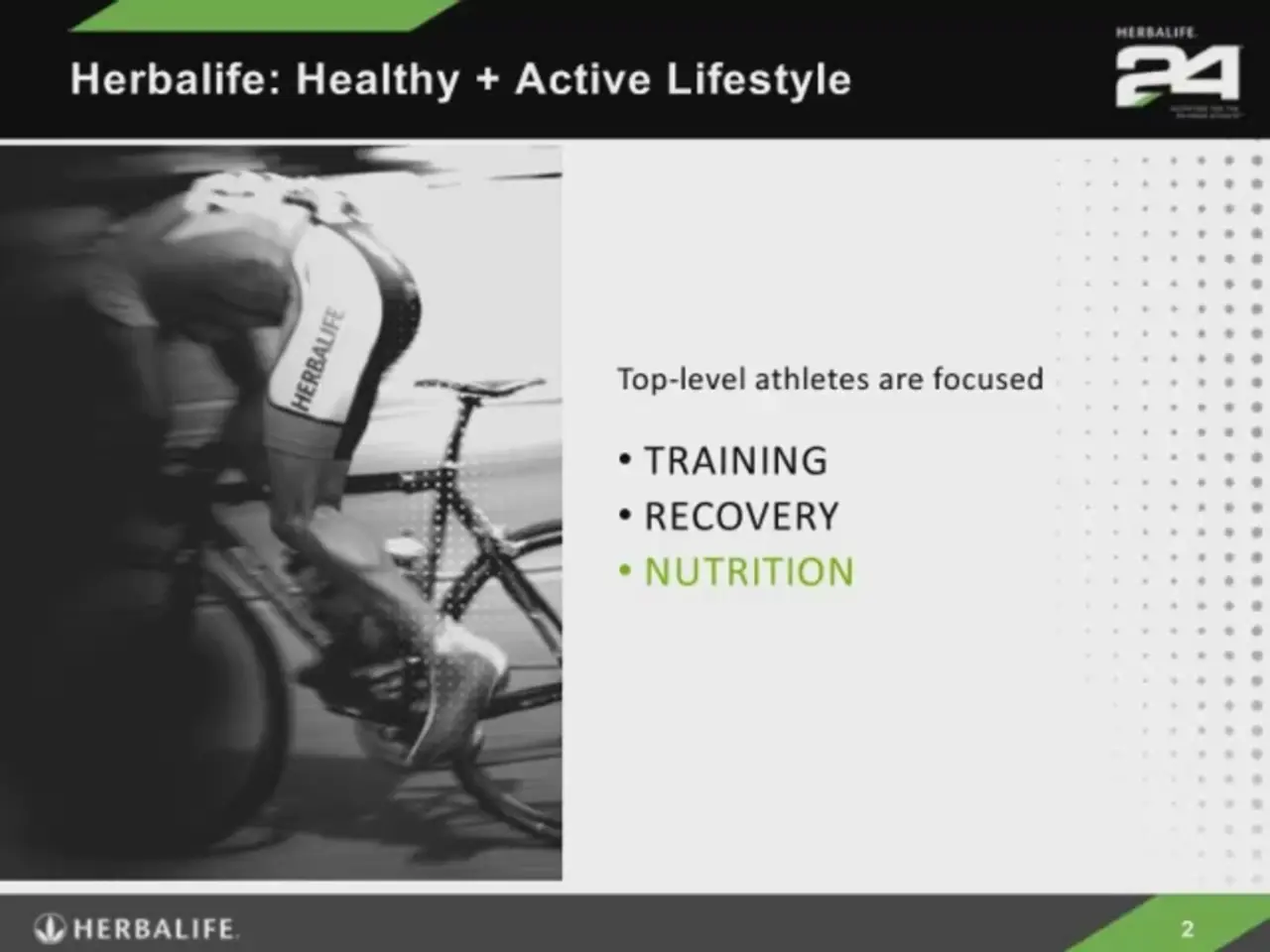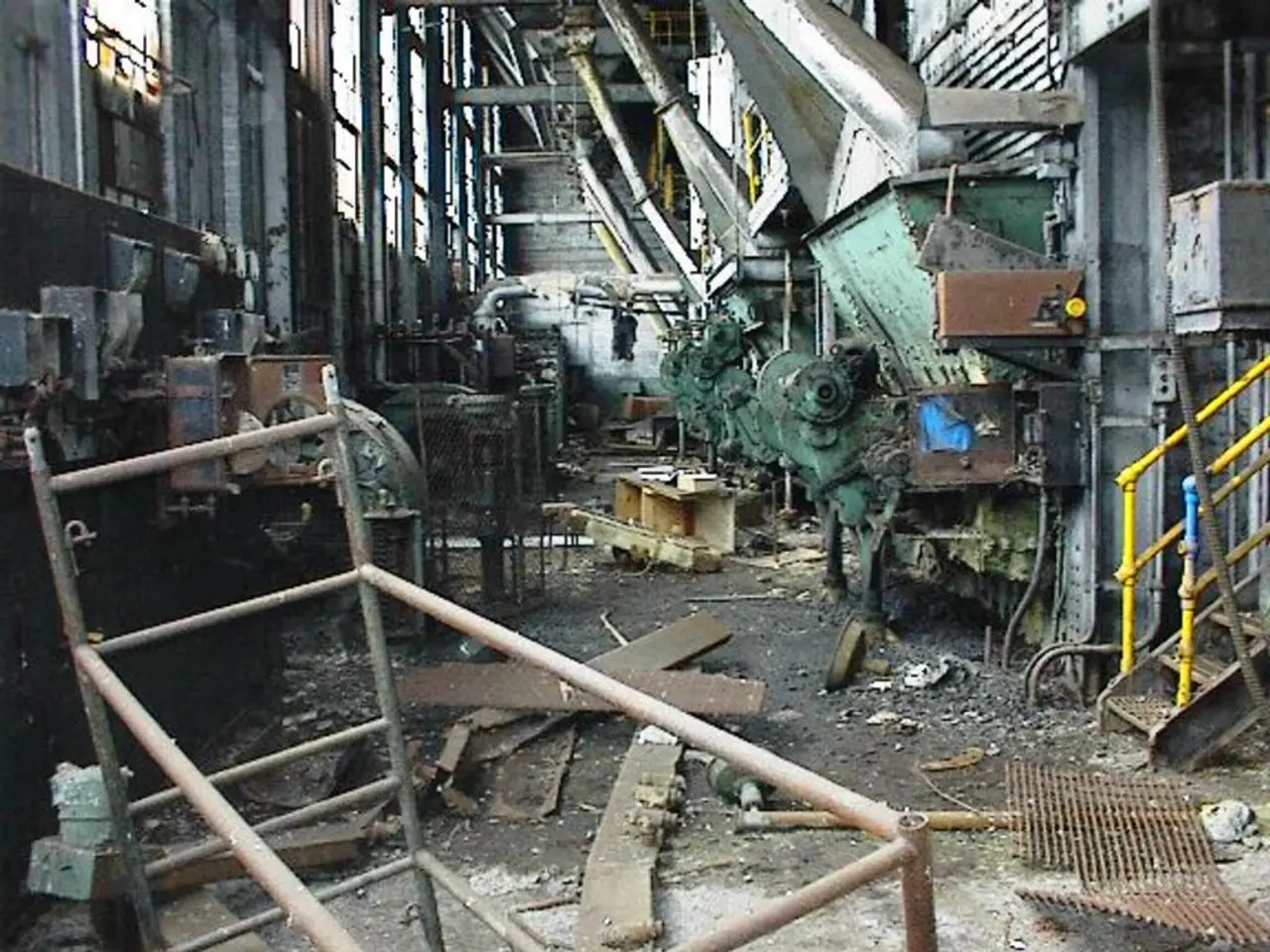Worker-led Ownership Could Potentially Address Manufacturing Predicament
American manufacturing is facing a plethora of challenges in the current climate, with the aftermath of the pandemic, rising tariffs, and persistent workforce shortages making supply chains more fragile than ever. What goes unnoticed is the potential threat of a wave of retiring business owners without a solid succession plan, affecting businesses with a whopping $670 billion in revenue and 2.6 million jobs.
With over 128,000 U.S. manufacturing companies having owners at or near retirement age, the future of these businesses hangs in the balance. In these precarious times, finding an exit strategy as a retiring owner can seem daunting.
Employee Ownership: A Viable Succession Strategy
In such circumstances, selling the business to employees could be a smart path for those nearing retirement. Models like Employee Stock Ownership Plans (ESOPs), Employee Ownership Trusts (EOTs), and worker-owned cooperatives provide owners with a flexible succession strategy that shines in uncertain economic times. Even smaller shops with 15 employees or more can be suitable candidates for these models.
What Exactly is EO?
Employee ownership (EO) isn't about handing your business over to employees without the funds to buy it. Instead, specialized lenders finance leveraged buyouts for the business. And fear not, the management team stays in charge, with the day-to-day operations remaining unchanged.
By choosing employee ownership, the following advantages are up for grabs compared to selling to an external buyer:
- A Familiar Face: Selling to employees ensures you know exactly who's taking over, unlike selling to an individual or a private equity firm.
- Legacy Preservation: Your business continues operating as it always has, preserving its staff, mission, values, and identity.
- Employee Retention and Attraction: Given the projected shortfall of 1.9 million manufacturing workers by 2033, EO is a possible solution to the ongoing retention and recruitment crisis. Workers will be attracted to your business because they can obtain long-term financial rewards and have a greater voice.
- Smoother Transition: The flexibility of selling to employees allows for a less stressful transition compared to selling to an outsider. Owners can gradually exit at their own pace, aligning with their personal and business needs.
It's essential to note that ESOPs aren't the only EO option out there. Cooperatives and EOTs offer more flexible succession solutions with lower set-up costs and easy implementation, promoting strong employee engagement.
As workers become more educated about employee ownership, they express more interest and engagement. Employee-owners become more invested in the company's performance, and as a result, more productive. They are motivated by profit-sharing and a sense of purpose beyond just a paycheck.
If you're contemplating your succession strategy, ask yourself these questions to determine if EO would be a good fit for your business:
- Do you have any family members who want to inherit the business?
- Do you see yourself in five years? Are you planning on retiring? Have you started your succession planning? It's wise to begin at least 5 years before retirement.
- What matters to you? Is preserving your legacy important? Do you want your business to persist, remain rooted in the community, and maintain its name after you exit?
- What happens to your employees after you exit? Do you want them to keep their jobs?
- Are you seeking tax benefits?
- Do you want a market value for your business?
- Has your business been profitable for 3+ years?
- Do you have minimal debt to support a transition?
Employee ownership isn't suitable for every manufacturing business, but it could be an interesting option depending on your company's size, finances, values, and long-term goals. If your family doesn't plan to inherit the business and you're nearing retirement, transitioning to employee ownership can help preserve your legacy, ensure a smooth exit, and provide financial security for your employees.
Ultimately, the decision is yours, but being proactive about succession planning will help secure your company's future and the livelihoods it supports, resolving a hidden manufacturing industry crisis.
- In the context of the current challenges facing American manufacturing, the strategy of selling a business to employees through models like Employee Stock Ownership Plans (ESOPs), Employee Ownership Trusts (EOTs), and worker-owned cooperatives could prove smart for retiring owners, as these models provide a flexible succession strategy that thrives in uncertain economic times, even for smaller businesses with 15 employees or more.
- Choosing employee ownership offers numerous advantages over selling to an external buyer, such as preserving the business's legacy, ensuring employee retention and attraction, and enabling a smoother transition through a graduated exit, ultimately benefiting both the retiring owner and the workforce.




